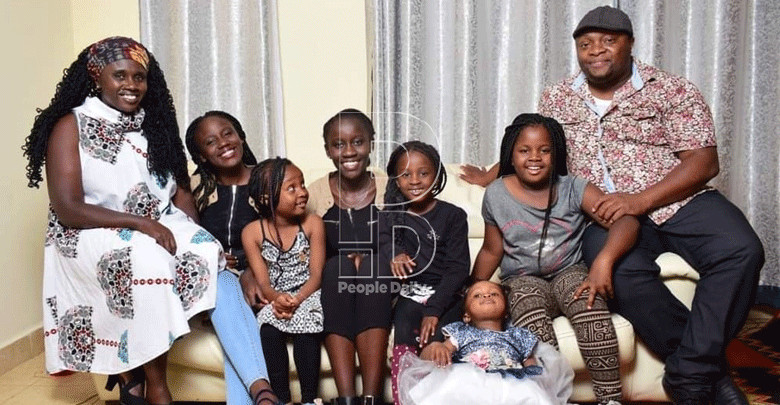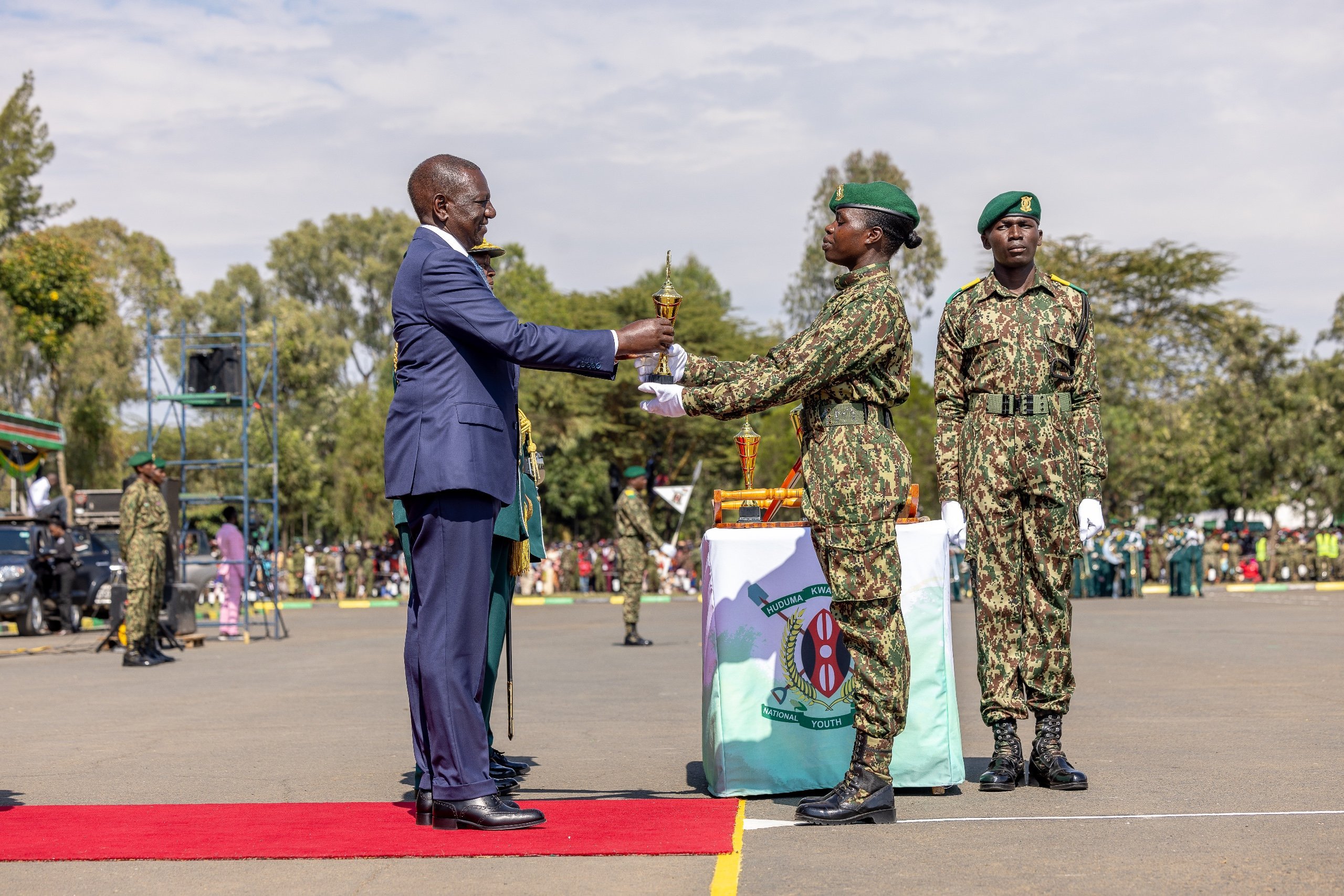How far apart should children be spaced?

For any couple, the question of when to have your next baby is, of course, a deeply personal decision and one that isn’t always under their control. Some may plan to have their babies in quick succession while others opt to wait a little bit longer.
The general recommendation among health experts is a gap of at least two to three years between siblings, for the sake of the mother’s and babies’ health.
But some parents, out of choice or circumstances, stretch the gap far beyond three years.
Caroline Nkirote Bongo is a mother of seven children aged 19, 16, 10, eight, 6.5, three and the baby of the family is three months old. Her biggest gap was six years and the shortest was 1.5 years.
“The only spacing I have had by choice is between the second and third baby. Most of the times my family planning fails,” she says.
According to her, after giving birth to her babies, she manages to recover well and in a month’s time is able to carry out some chores including tending to her kitchen garden.
“Personally, by the time my child is two years old, I am psychologically, mentally, emotionally and physically ready to have another baby,” says Caroline.
“She adds: The one time I had a challenge was when I gave birthh to my thrid baby.
The second child had been used to the last position hence with the new entry, she felt like all the attention had been shifted to the newborn child. I had to ensure that I balanced my time with both of them.
The unexpected
Despite being a mother of seven, she has realised that no matter how old the child grows, each of them will always want and crave for attention.
“Together with my husband, we have mastered ways to ensure that we spend quality time with our children so that none feels left out.
Years ago, I even resigned from my job, which involved a lot of travel when two of my daughters were still young and started my own company. I was struggling to leave them alone.
Now I have enough time to look after them and this has given me so much fulfillment,” she explains.
Joan Opicho who has been married for the last 10 years gave birth to her two children in quick succession.
Upon getting married, she immediately got pregnant with her first child. Six months later after the birth of her firstborn, she realised she had conceived-again.
“Though I had prepared for my first child, my second born was unexpected. It was one particular month when I realised I had not received my regular menses and after a test ,the bombshell was dropped— I was indeed pregnant.
At first, I was in denial and stressed out. I didn’t know how I would manage bringing up a small baby and carrying another pregnancy. I was even afraid of what people would say,” recalls Joan.
But by following the doctor’s advice, she continued to breastfeed her first born child until she gave birth.
“It was tasking bringing up two small babies at the same time. But I thank God that I managed,” she says.
Dr Stephen Mutiso, a consultant gynaecologist, says child spacingis important because it gives the mother time to recover well hence improving her health before another pregnancy.
“It is also good for optimal care of the child including getting enough time to breastfeed and bond with the parents,” he says .
Research suggests that long intervals between pregnancies also pose concerns for mothers and babies.
Health concerns
A pregnancy five years or more after giving birth is associated with an increased risk of: high blood pressure (preeclampsia) and excess protein in urine after 20 weeks of pregnancy.
Other risks include slow or difficult labour or delivery, preterm birth, low birth weight and small size of gestational age.
“It is not clear why long pregnancy intervals are linked to health problems for mothers and babies.
t is possible that pregnancy improves uterine capacity to promote foetal growth and support, but over time these beneficial physiological changes disappear.
Maternal age or unmeasured factors, such as maternal illnesses, may also play a role,” he says.
However, the advantage of this big gap is that your older child can help. Your eldest child is independent enough not to need your constant attention — which means he may be able to assist you in caring for the baby.
And he may help in more subtle ways, too ;for example, your younger child could pick up talking, reading and even potty training from her older sibling.
Studies have also shown that women who wait less than 18 months after giving birth to get pregnant again are more likely to have a premature delivery.
Closely spaced pregnancies are also associated with low birthweight and small size for gestational age.
On the other hand, having pregnancies less than 12 months apart is associated with an increased risk of complications like placental abruption (when the placenta separates from the wall of the uterus before delivery) and placenta previa (when the placenta partially or completely covers the cervix) in women who delivered their first child via caesarean section.
It has further been linked to a higher risk of autism in the second child.















